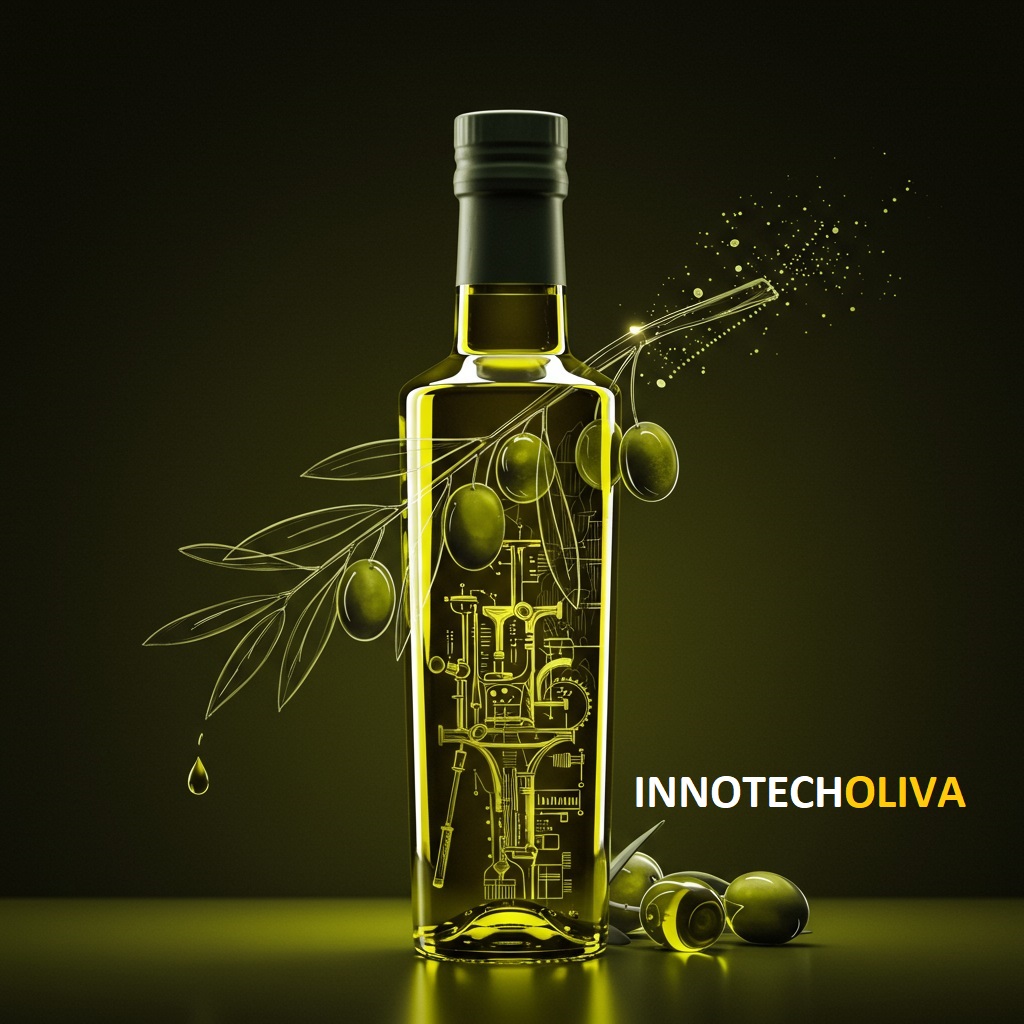What Is Extra Virgin Olive Oil?
It is obtained from the fruit of the olive tree, exclusively from healthy fruits harvested at their optimal point of ripeness. Its extraction is carried out solely through mechanical or physical means, such as pressing or centrifugation, and always under controlled thermal conditions (cold extraction, generally below 27°C) which is essential to preserve the oil's flavor, aroma, and nutritional properties. It does not undergo any type of chemical treatment, refining, nor is it mixed with other oils or fats. It is, in essence, a 100% natural olive juice.
100% Natural
EVOO is pure olive juice—no additives, no blending, no processing beyond physical extraction.
Cold Extracted
Temperature stays below 27°C to preserve antioxidants, aroma, and flavor.
Mechanically Pressed
Made without chemical solvents—only pressing, decanting, or centrifugation.
